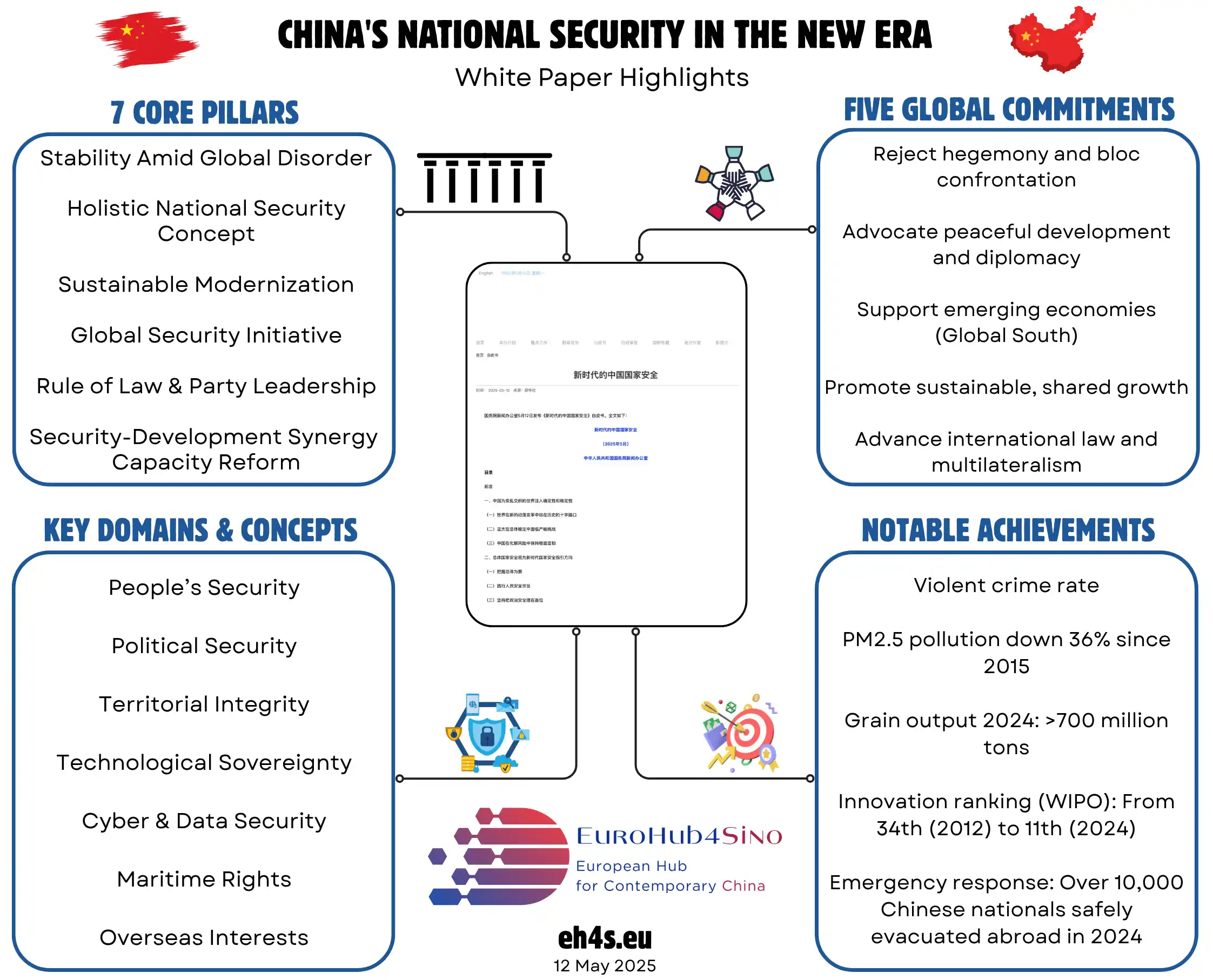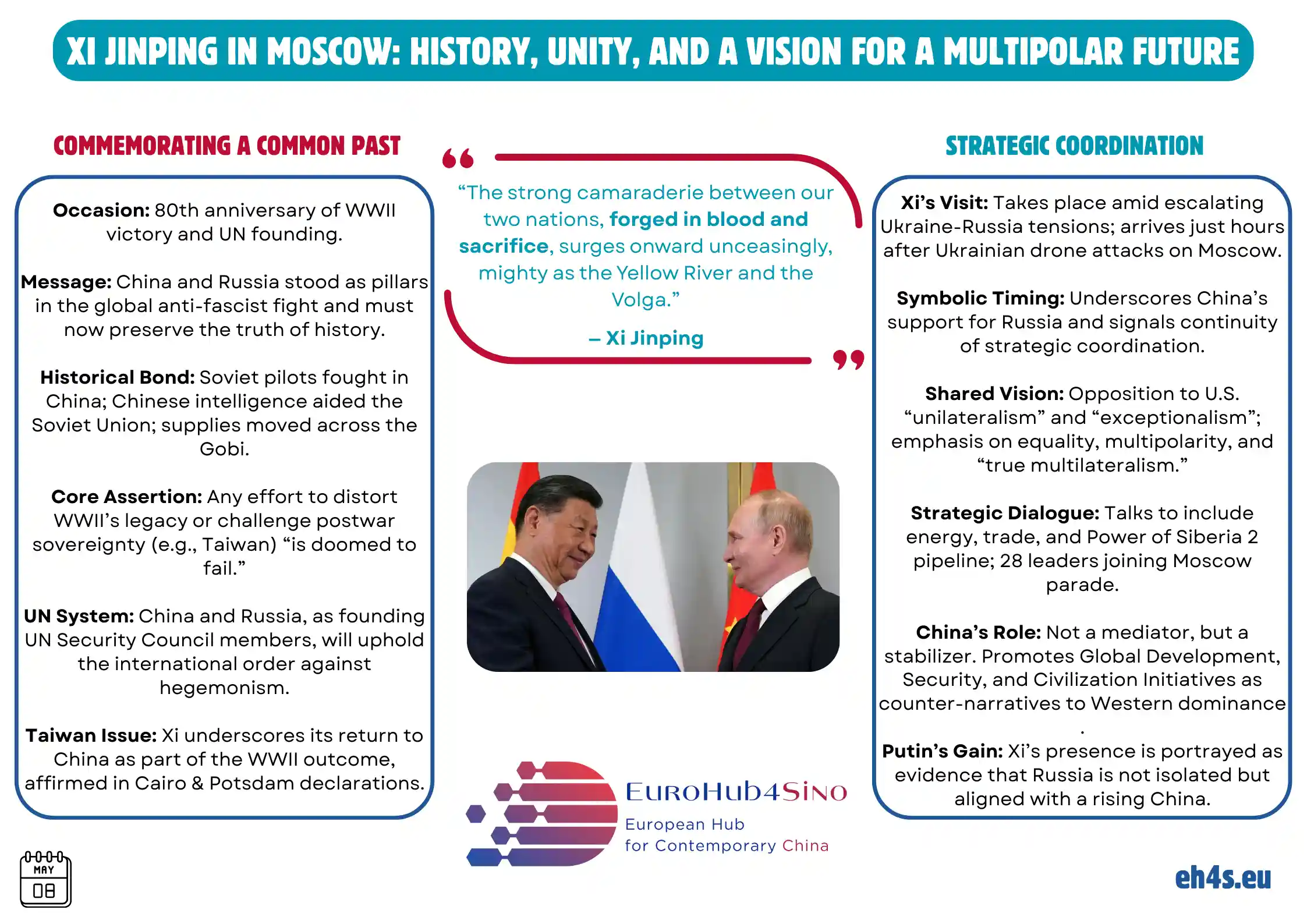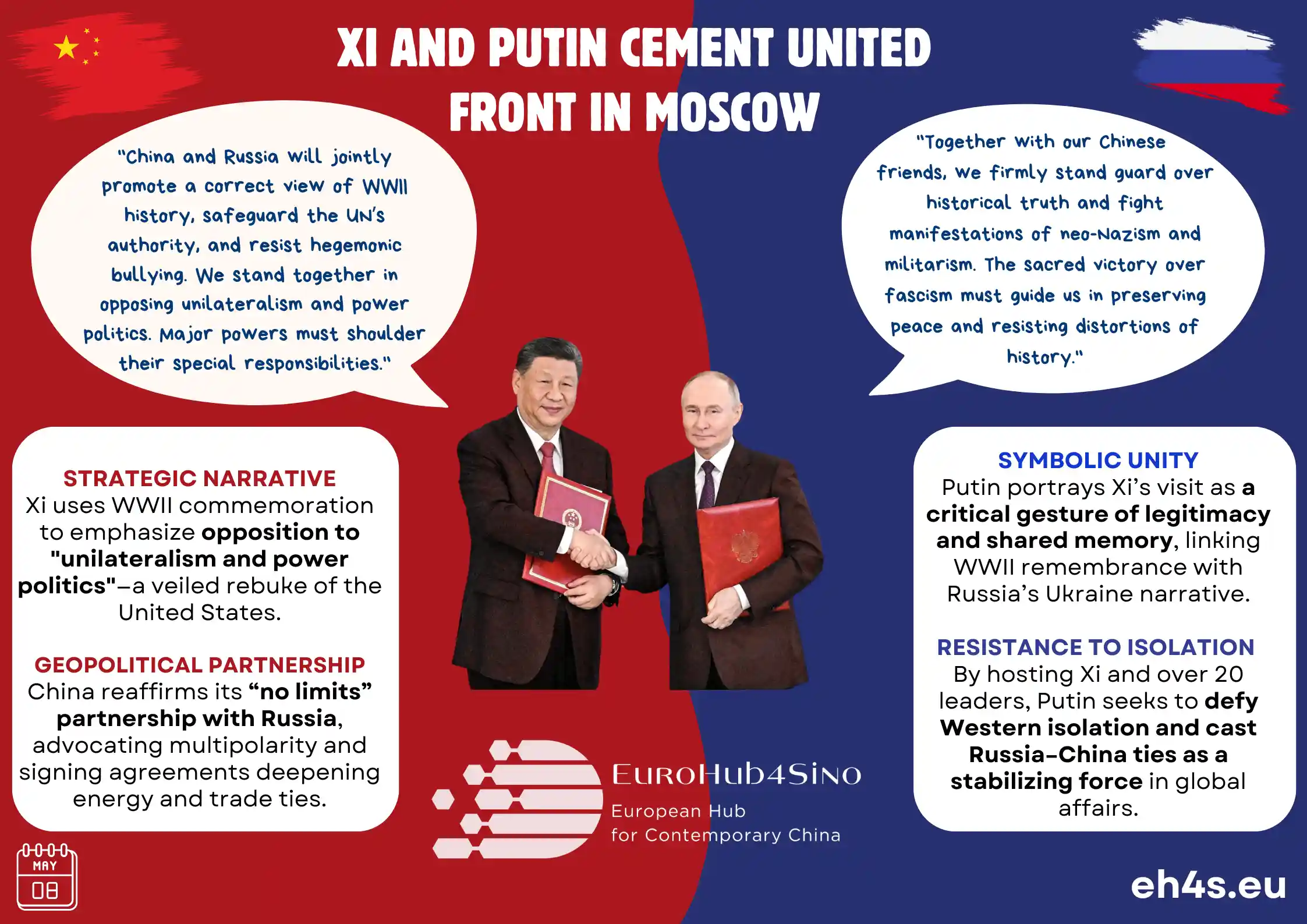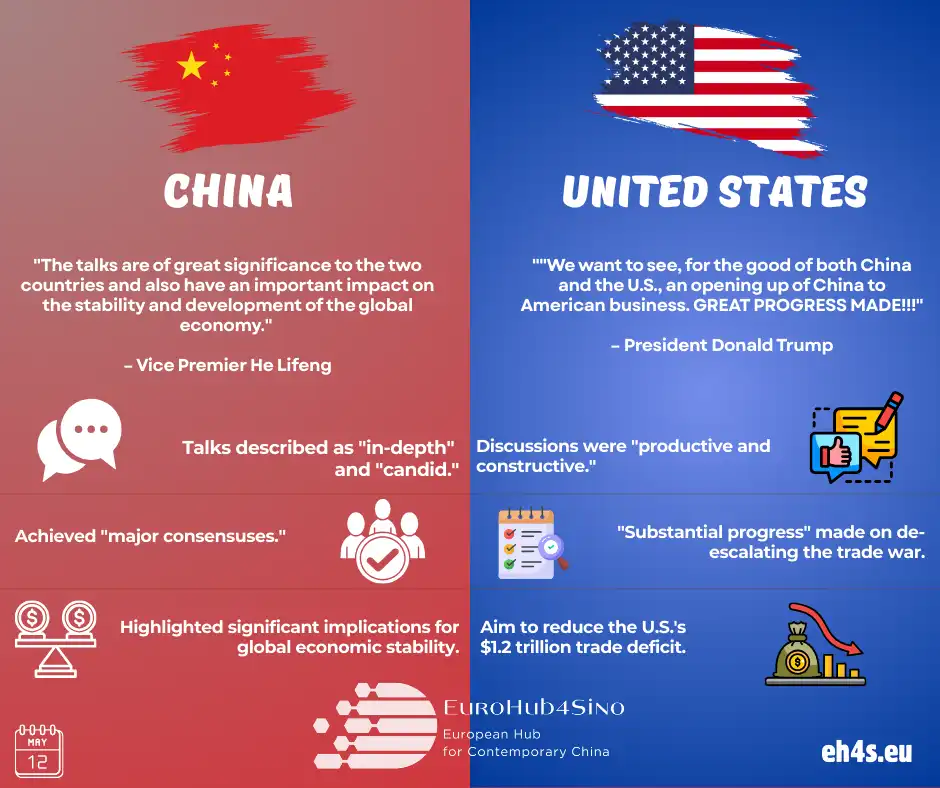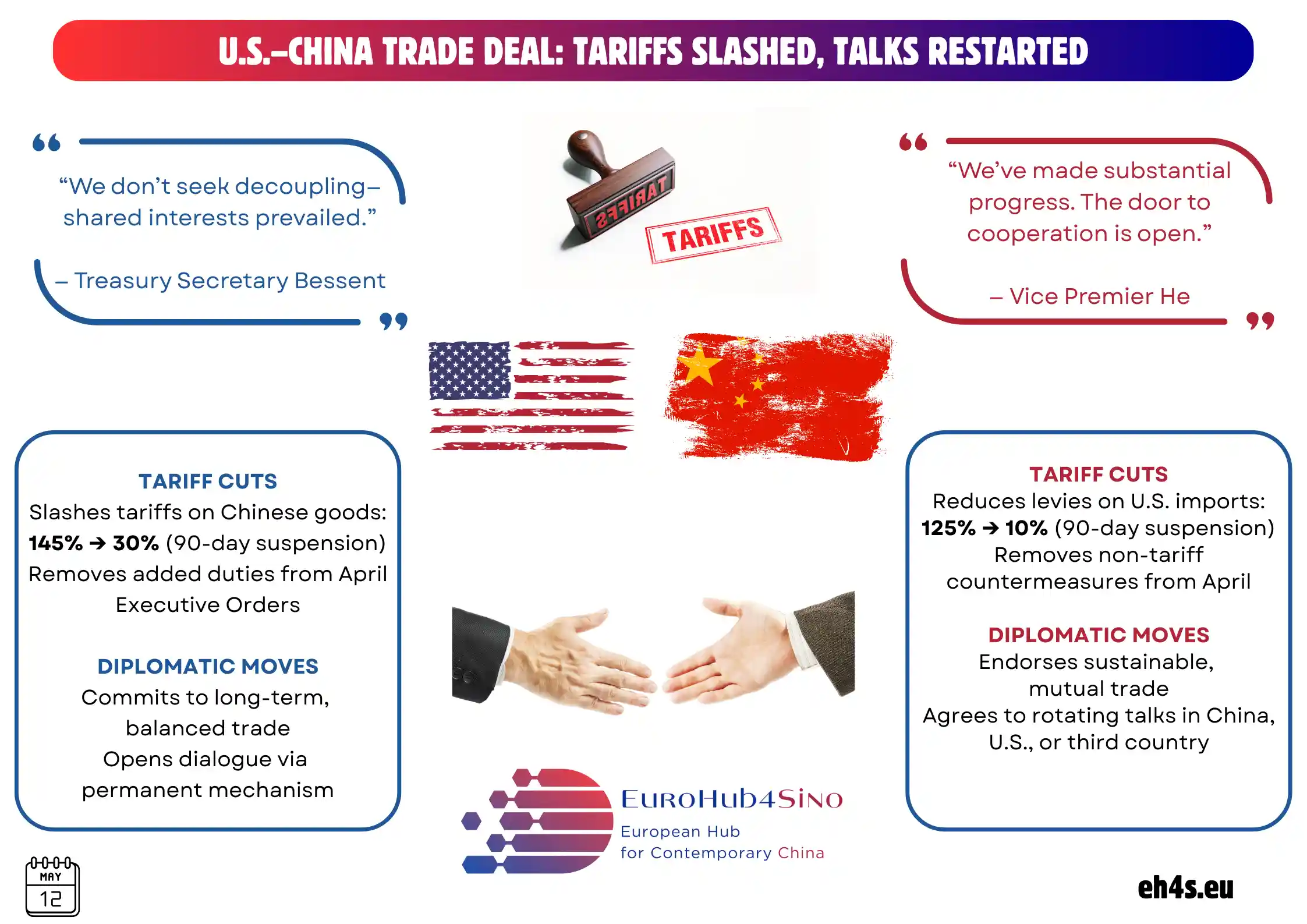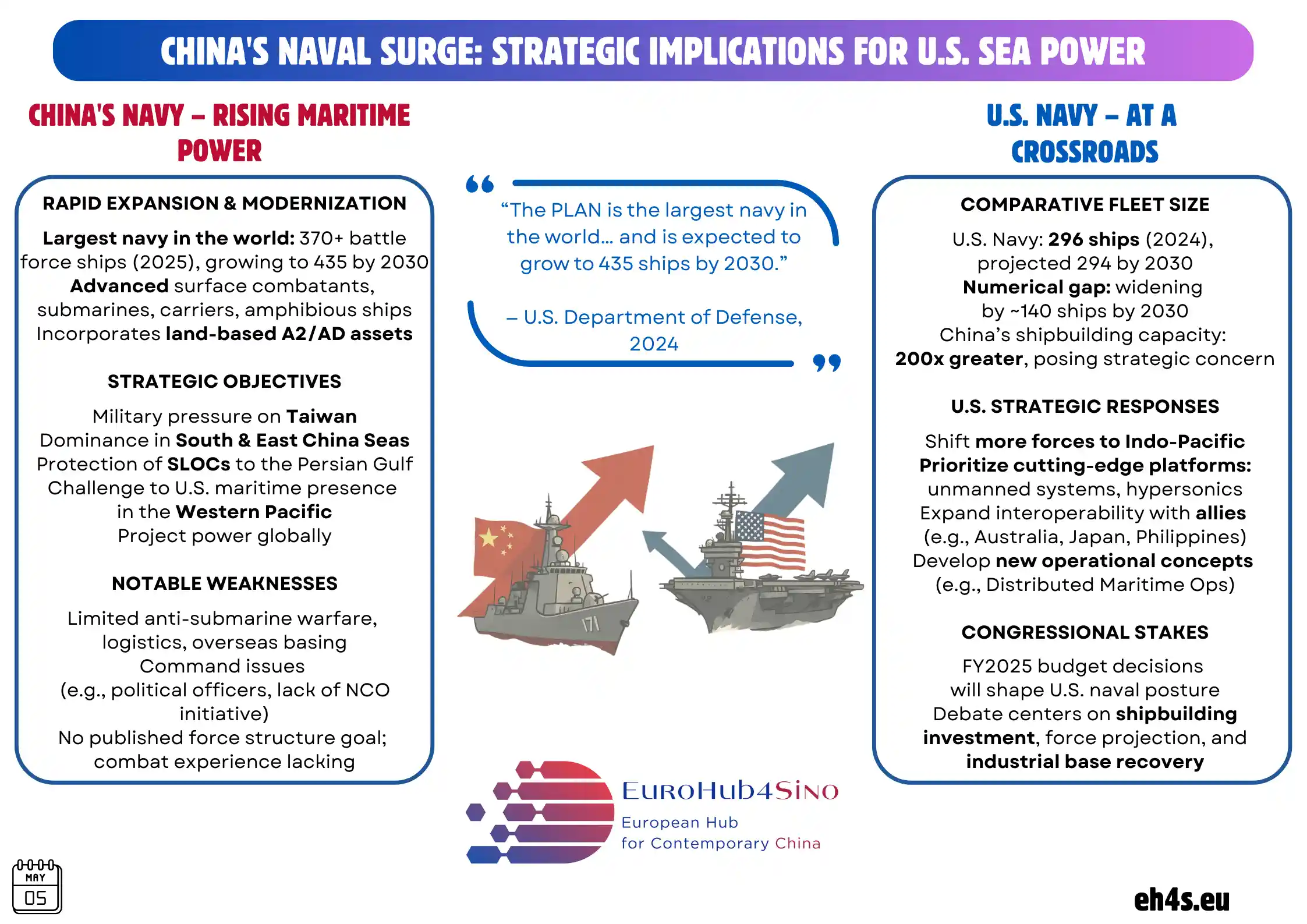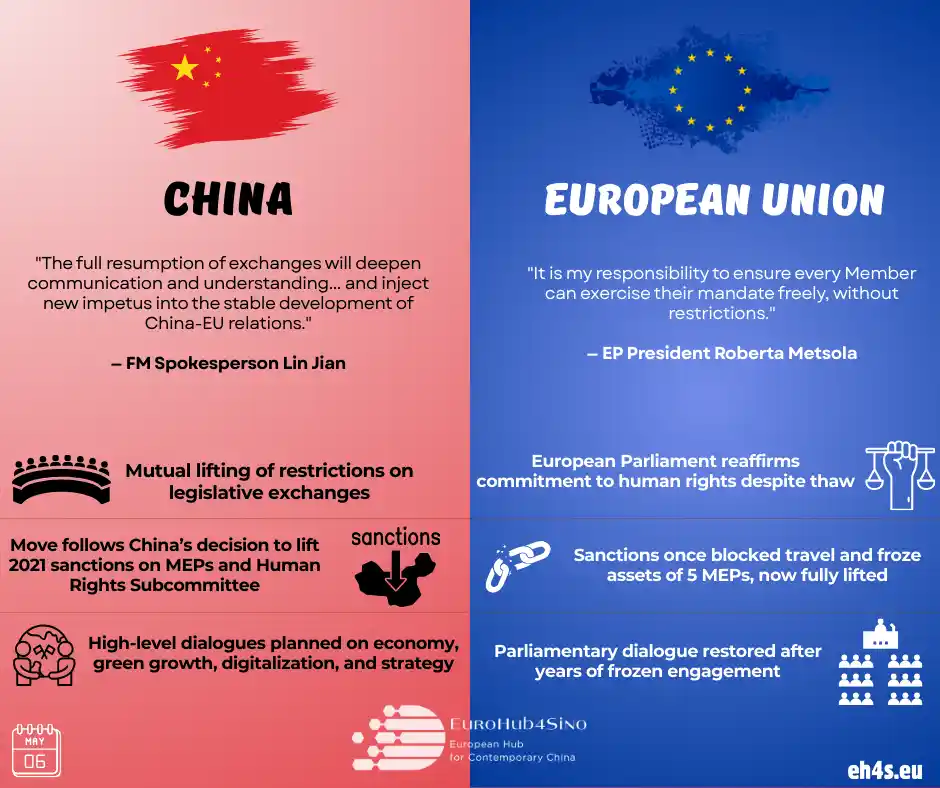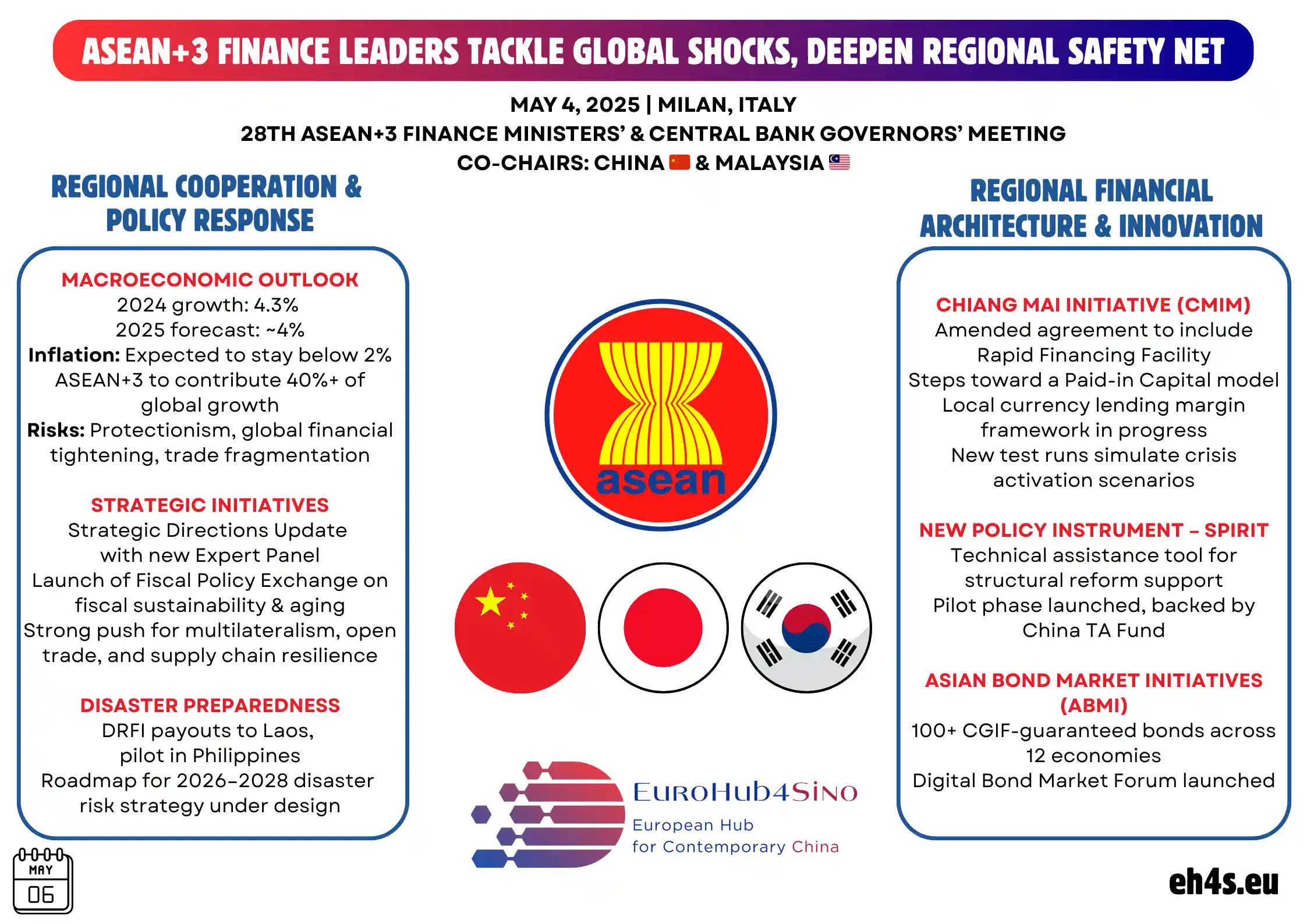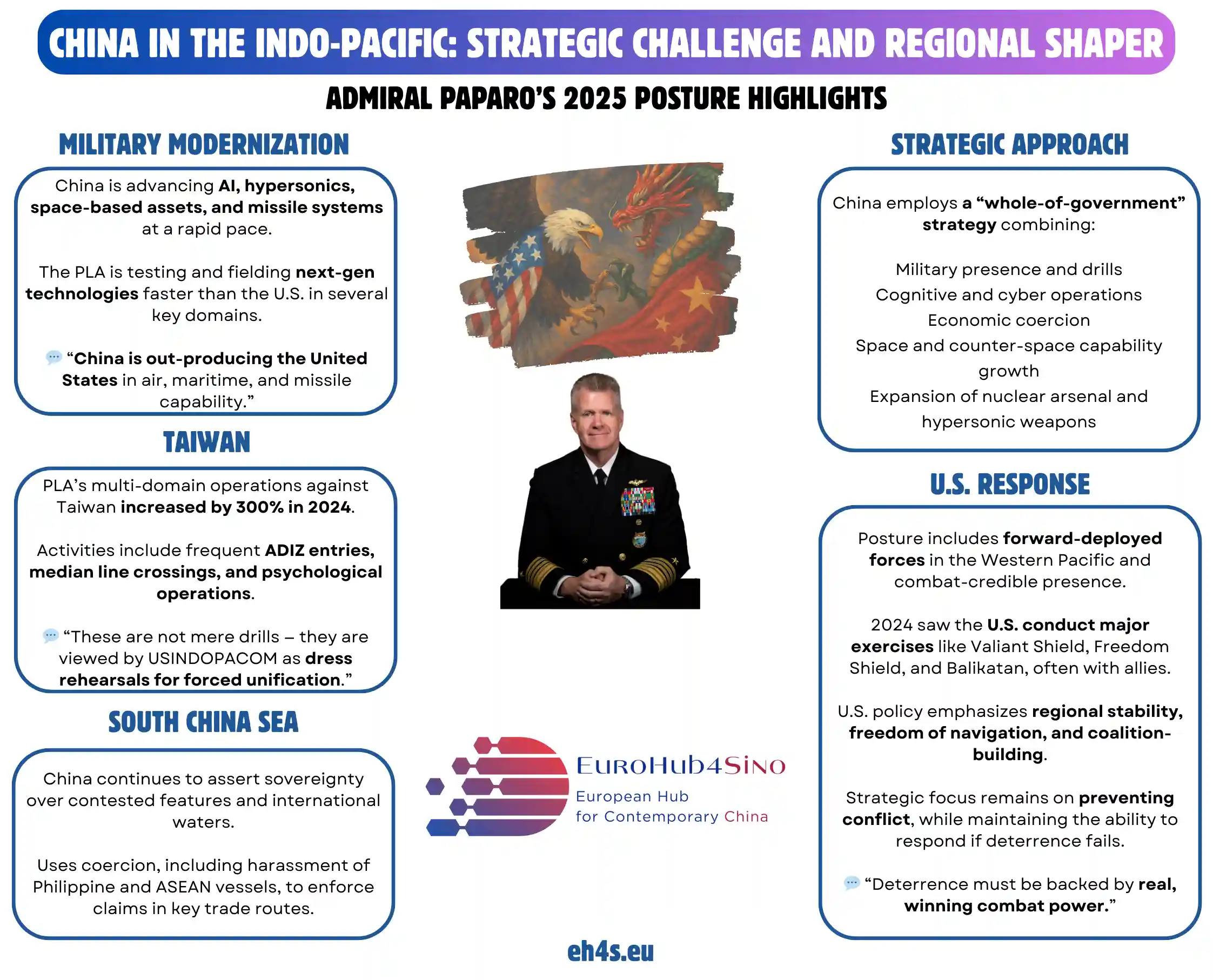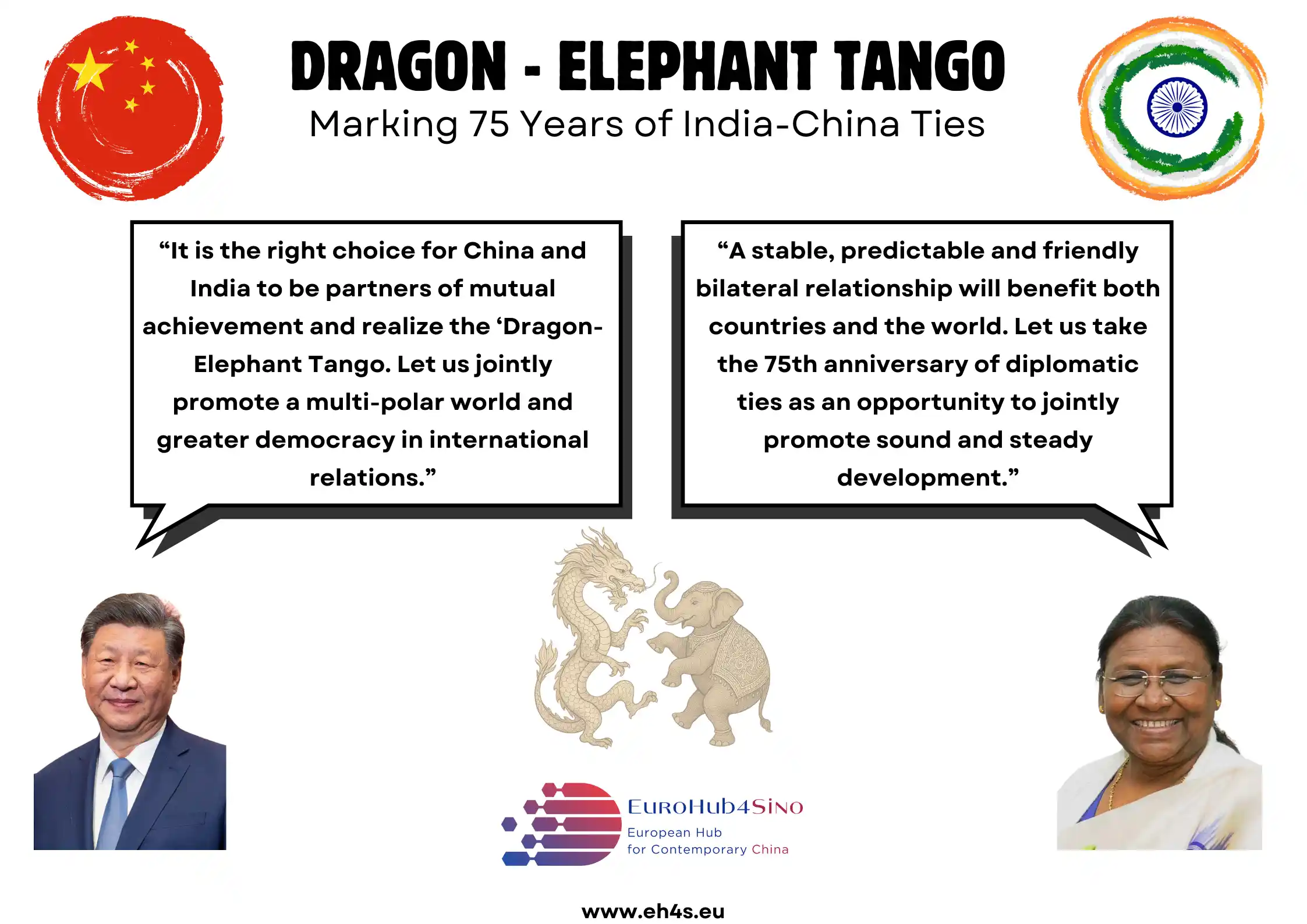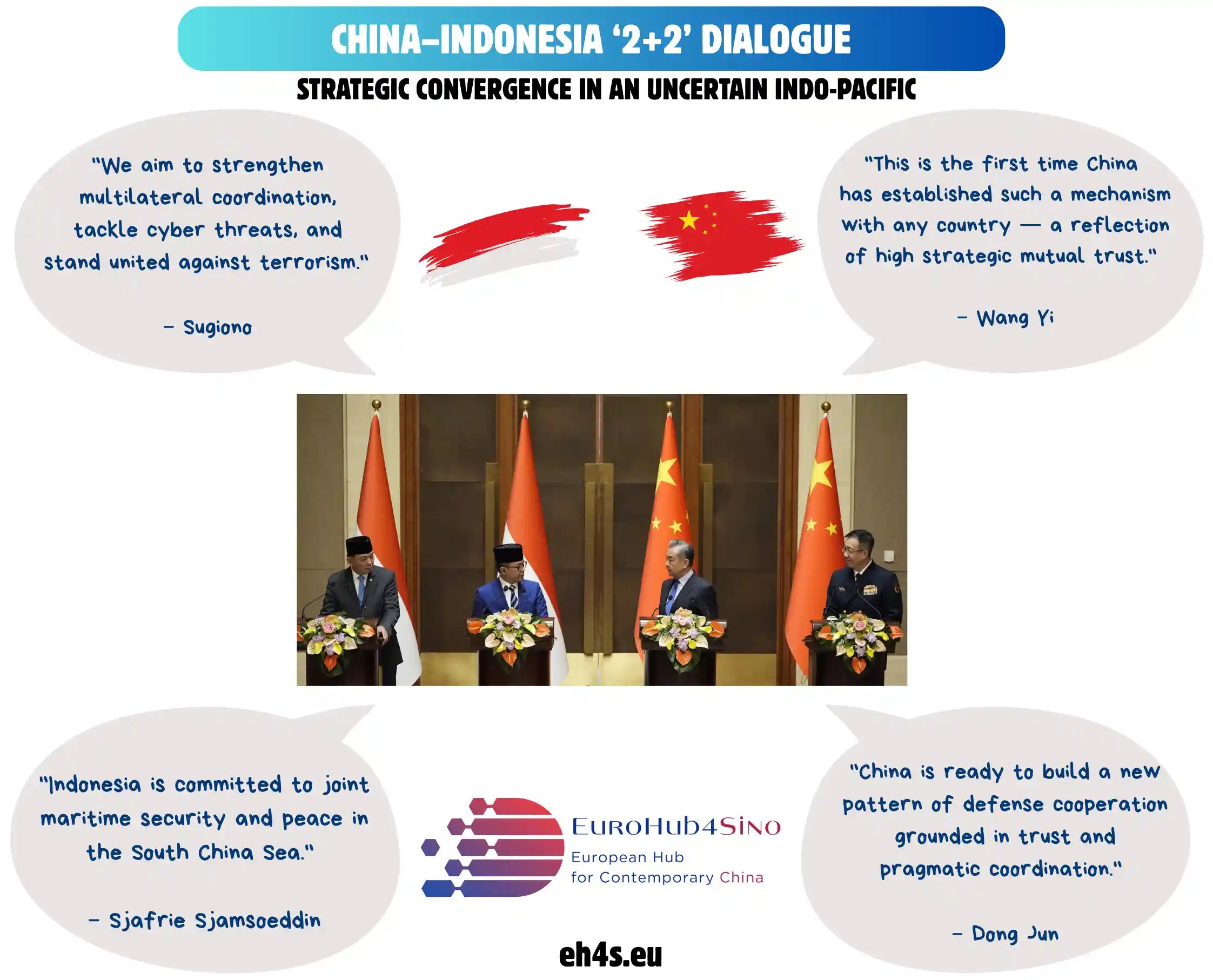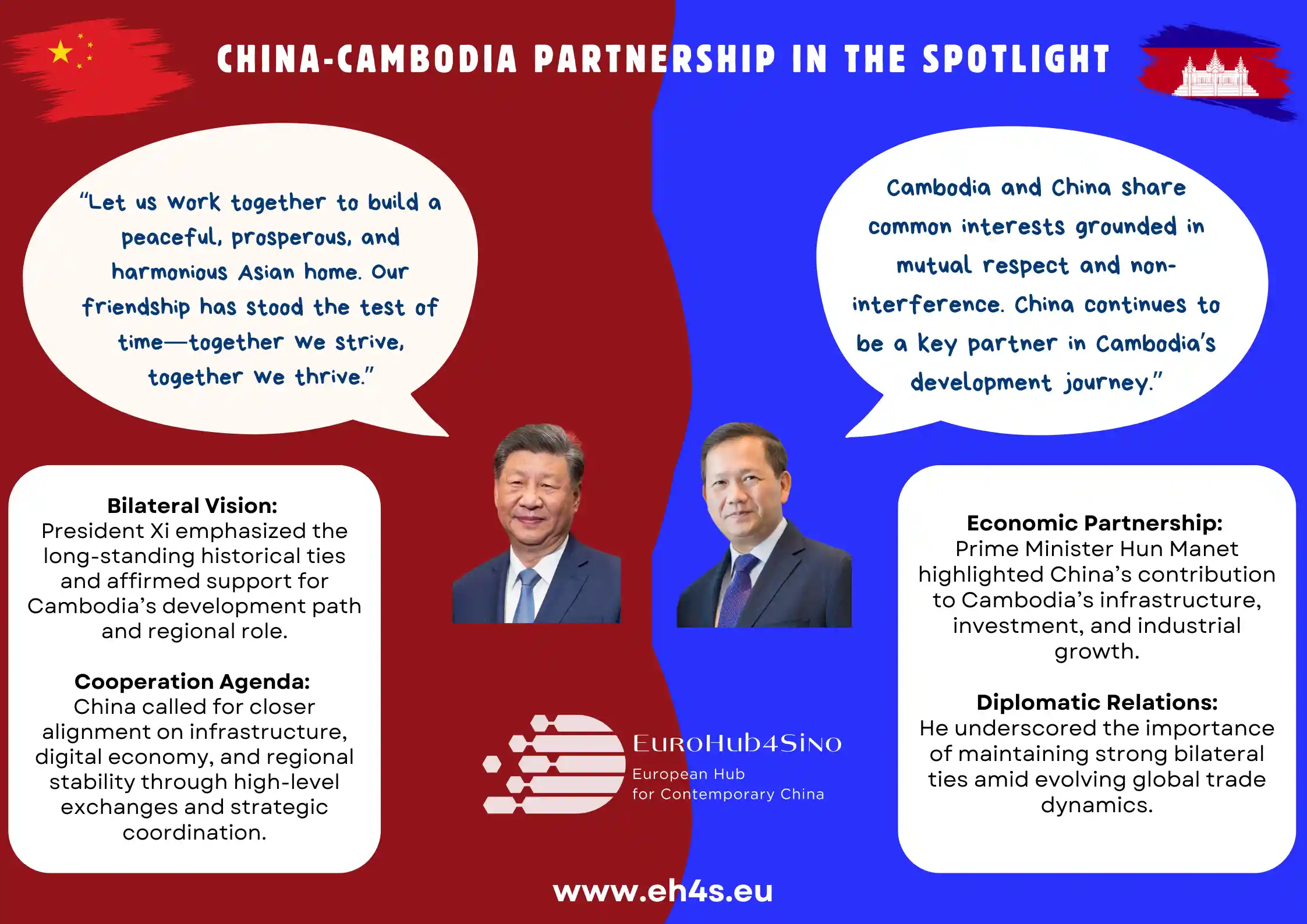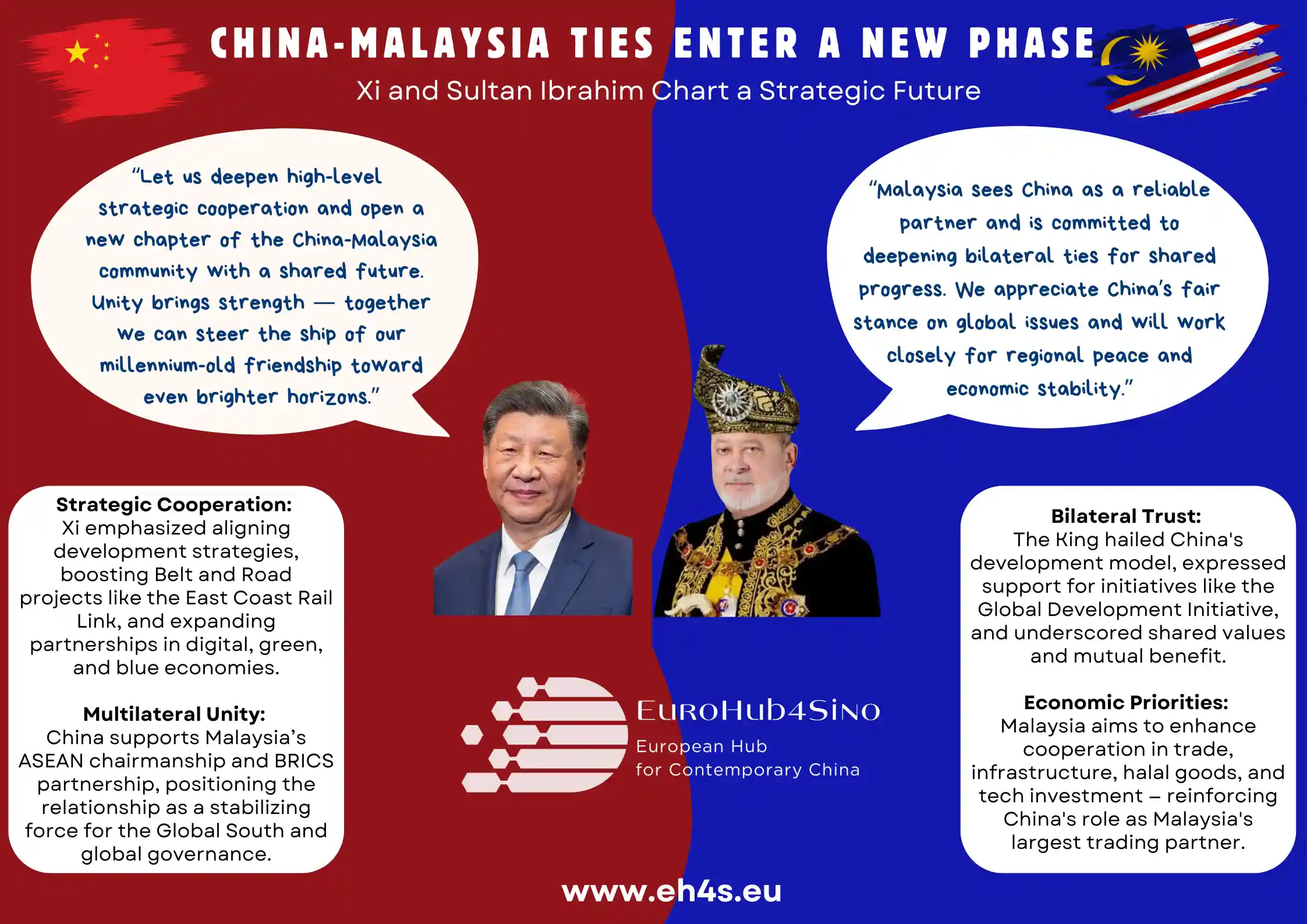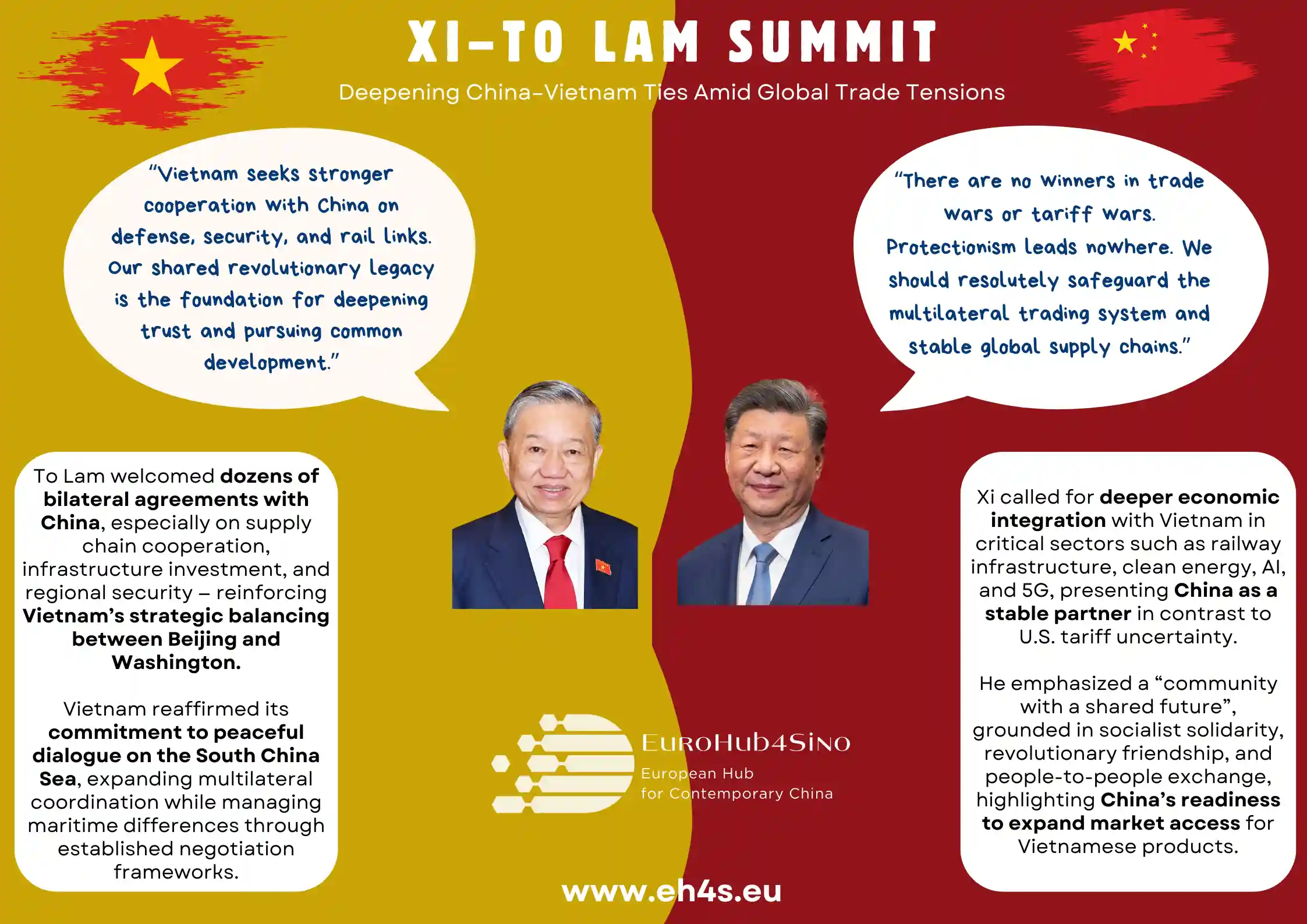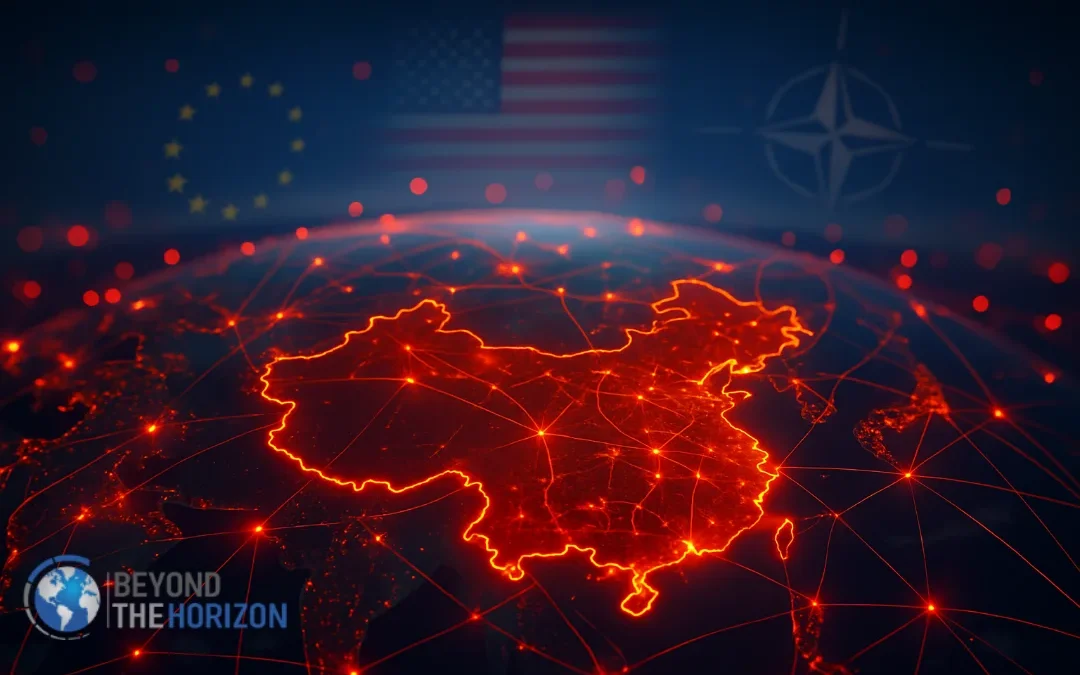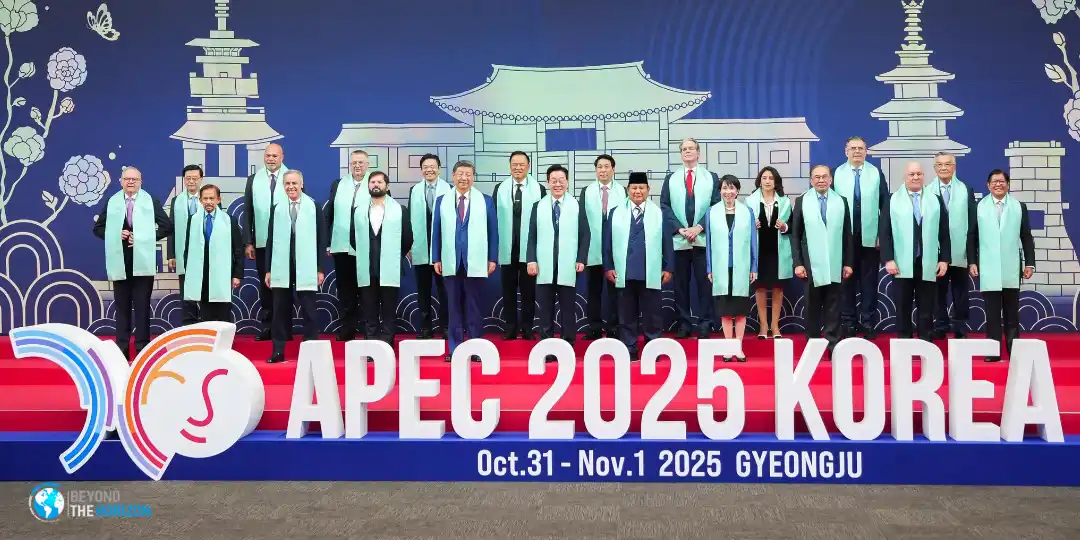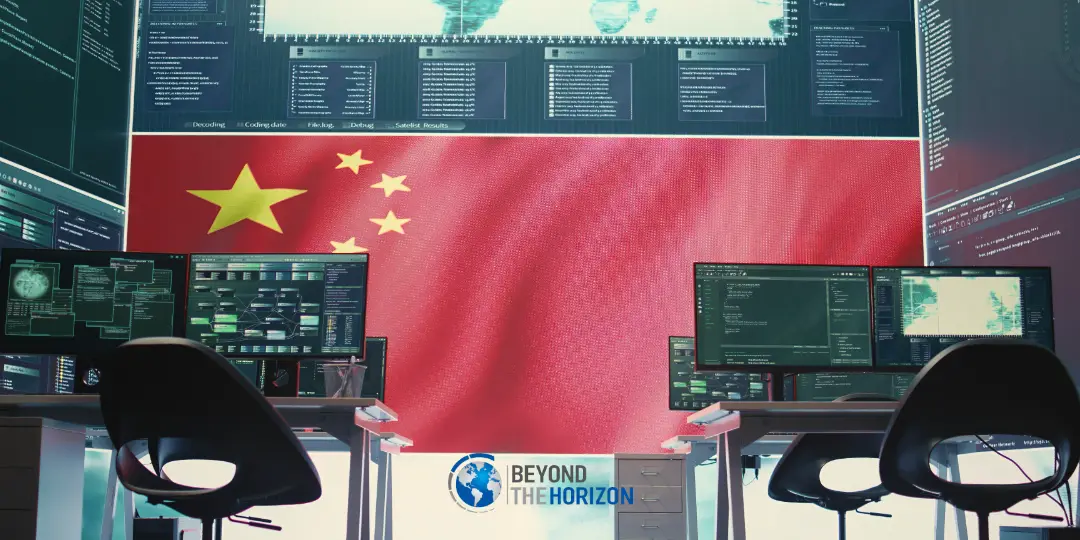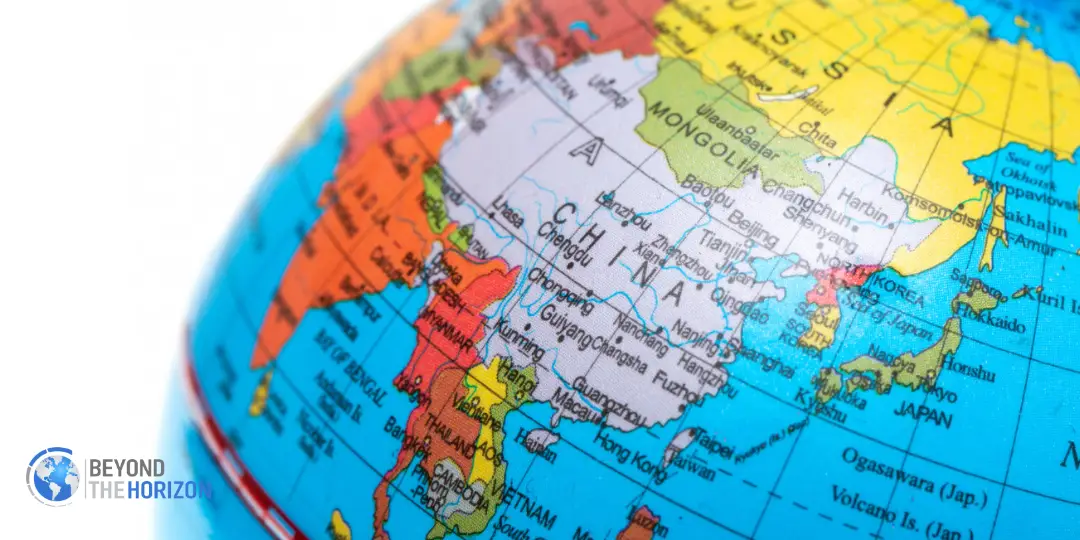Key Takeaways
- China’s 2025 national security white paper outlines a comprehensive and centralized vision of security that expands well beyond military defense to encompass political, economic, technological, environmental, and societal domains.
- The white paper is built on Xi Jinping’s “overall national security concept”, introduced in 2014, which redefines security as holistic, people-centered, and Party-led. It positions national security as the foundation for achieving China’s long-term goal of national rejuvenation.
- Unlike earlier eras that prioritized economic development and low-profile diplomacy, Xi’s approach integrates internal stability with external assertiveness, emphasizing the Communist Party’s political security and sovereignty in contested regions like Taiwan and the South China Sea.
- The document highlights growing concerns over external threats, accusing Western powers of containment and interference, while promoting China’s Global Security Initiative as a cooperative alternative to Western-led frameworks.
- The white paper reveals a leadership that is both confident in its global ambitions and deeply concerned about internal and external vulnerabilities. It reflects a securitized governance model where nearly all policy domains are viewed through the lens of national security.
- Historically, the shift marks a departure from the Deng Xiaoping era’s developmental pragmatism toward a model in which ideological control, regime security, and geopolitical resilience are paramount.
- Overall, the white paper reflects a China that is anxiously guarding its rise while ambitiously redefining its role in global security—an outlook likely to shape both domestic policies and foreign relations in the years ahead.
Introduction
On May 12, 2025, the Chinese government released a white paper titled “China’s National Security in the New Era.”Issued by the State Council Information Office, this document outlines how China’s leadership under President Xi Jinping views national security in the current era and the measures being taken to safeguard it. The white paper aims to explain China’s “innovative concepts, practices, and achievements” in national security and to enhance understanding at home and abroad. It is organized into six sections covering themes from China’s role in a turbulent world to the modernization of its security apparatus. This analysis will summarize the white paper’s key themes and compare them to earlier approaches, highlighting how China’s security doctrine has evolved – especially with the introduction of the “overall national security concept” – and what this reflects about China’s broader political vision under Xi Jinping.
A Holistic National Security Concept for a New Era
At the heart of the 2025 white paper is the “holistic (overall) approach to national security.” This concept, first introduced by Xi Jinping in 2014, represents a comprehensive framework that extends national security beyond military defense to virtually all aspects of governance. According to the white paper, China’s national security in the new era “takes the people’s security as its ultimate goal, political security as the fundamental task, and national interests as the guiding principle”. In practice, this means the government prioritizes protecting citizens’ well-being and social stability, safeguarding the Communist Party’s hold on power and the socialist system, and defending China’s sovereignty and development interests. Importantly, the holistic security concept also emphasizes economic security as the foundation, with military, technological, cultural, and social security as guarantees, and international (global) security as support. In other words, everything from the economy and technology to culture and the environment is treated as a security matter. This marks the first major strategic guiding principle for PRC national security since 1949, now enshrined as part of Xi Jinping Thought on Socialism with Chinese Characteristics for a New Era.
The holistic approach stresses balancing and integrating different security domains. The white paper explains that China coordinates development and security, internal and external security, homeland and public security, as well as traditional and non-traditional security. Security and development are seen as mutually reinforcing: development provides the material basis for security, while security creates a stable environment for development. This theme is encapsulated in the slogan “reinforcing security in development and pursuing development in security,”which the document highlights as a governing principle. The message is that China will not sacrifice security for growth, nor growth for security – it seeks both high-quality development and high-level security in tandem.
Key Themes of the 2025 White Paper
The white paper paints a picture of China’s security strategy and achievements under Xi’s leadership. Several key themes emerge:
- Stability in a Turbulent World: China portrays itself as a source of stability amid global turmoil. The document notes that the world is experiencing “changes and disorder” on a scale unseen in a century, and China has entered a critical period on its path to national rejuvenation. Despite external turbulence and internal challenges, China claims to have maintained overall security stability. It highlights how China works with Asia-Pacific neighbors to uphold regional peace and development, “injecting reliable stability into a volatile and unstable world”. This theme reinforces China’s narrative that its rise is peaceful and beneficial globally, even as great-power rivalry intensifies.
- Security as Part of Chinese Modernization: The white paper firmly links national security to China’s modernization goals. It asserts that in the new era, China’s security apparatus “fulfills the major responsibilities entrusted by the Party and the people” by safeguarding the political system, territorial integrity (including land and maritime rights), economic development, and emerging domains like cyberspace. National security is presented as the protective shield for achieving the “great rejuvenation of the Chinese nation” by mid-century. For example, by 2035 China aims to fully modernize its national security capabilities and build a “robust security shield” to secure its goal of becoming a modern socialist country. This reflects Xi Jinping’s view that a strong country must have a strong security foundation.
- Integration of Domestic and Global Security: While prioritizing its own security, China also emphasizes “common security” – the idea that it seeks security in partnership with other nations rather than at their expense. The white paper reiterates that China “opposes the generalization of security, does not implement security coercion, and does not accept threats and pressure” from others. It showcases Xi’s Global Security Initiative (GSI) as a contribution to world peace: an initiative addressing root causes of conflicts and advocating “win-win cooperation over hegemony and bullying”en.people.cn. In line with this, China calls for “true multilateralism” and a fairer global security governance system. This rhetoric echoes earlier Chinese foreign policy concepts like a “community with a shared future for humanity,” positioning Beijing as a champion of cooperative security and multilateral solutions.
- Modernizing Security Institutions: The document describes an ongoing drive to upgrade China’s security institutions and laws. Under Xi, China established a high-level National Security Commission in 2014 to centralize decision-making on security matters. The white paper details efforts to improve the national security system’s efficiency and coordination through reforms and technological “empowerment,” from the central government down to the grassroots. This includes building legal frameworks – over the past decade China has enacted sweeping national security legislation (covering counterespionage, cybersecurity, data security, terrorism, etc.) to give teeth to its security policies. By elevating security to a “paramount” priority alongside development, the Party is institutionalizing its control over all levers of security, aiming for a fully modernized security apparatus by 2035.
Evolving from Past National Security Approaches
China’s conception of national security today is notably broader and more centralized than in earlier eras. Past leaders also cared deeply about security, but their approaches differed in focus and scope:
- Mao Zedong Era (1949–1976): In China’s early years, national security was often synonymous with regime survival amid revolutionary struggles and external threats. Mao’s China fought in Korea and faced the Cold War confrontation with the Soviet Union and United States. Security policy centered on guarding against imperialist encirclement and counter-revolutionary threats at home. It was a militarized and ideology-driven outlook, though under Mao the term “national security” itself was not as elaborated as today. The core mission, however, was clear: defend the nascent communist regime’s power and sovereignty.
- Deng Xiaoping and the Reform Era (1980s–1990s): Deng shifted China’s focus to economic development, famously declaring that “development is the hard truth.” National security in this era meant ensuring a peaceful international environment and domestic stability so that economic reforms could proceed. Deng adopted a low-profile foreign policy (“hide our strength, bide our time”) to avoid confrontation. Internally, the leadership stressed stability – as seen in the response to the 1989 Tiananmen unrest – viewing social order as a prerequisite for growth. Security concerns certainly remained (e.g. tensions over Taiwan, securing borders), but they were largely subordinated to the overriding goal of modernization through economic means.
- Jiang Zemin and Hu Jintao (1990s–2000s): As China’s global integration deepened, Jiang and Hu continued to prioritize development and sought cooperative relations abroad. Beijing in the late 1990s promoted a “New Security Concept” internationally, which advocated mutual trust, mutual benefit, equality, and cooperation instead of zero-sum rivalry. This concept was aimed at reassuring neighbors and shaping a post-Cold War regional order based on dialogue and multilateralism. Domestically, the government focused on “comprehensive national power” and maintaining social stability (Hu’s slogan of a “Harmonious Society”), dealing with challenges like the Falun Gong crackdown and ethnic unrest quietly. National security institutions existed (e.g. the Ministry of State Security for intelligence), but there was no single all-encompassing doctrine – economic growth was still the foremost task, with security mainly as support.
- Xi Jinping Era (2012–present): Xi’s approach represents a significant evolution. He has explicitly made national security a top-level paradigm that permeates all areas of policy. In 2014, Xi formally introduced the “overall national security concept” (总体国家安全观), vastly expanding the definition of security to include at least 11 (and now even more) domains such as political, economic, military, cultural, social, technological, information, ecological, resource, nuclear, and beyond. Today, Chinese officials speak of 16 types of security under this comprehensive framework. Crucially, the overarching mission remains what it was in Mao’s time – to protect the Communist Party’s rule and China’s political stability– but the means to do so now extend into every facet of national life. Under Xi, pragmatism has in some cases given way to ideology-driven vigilance; analysts describe this trend as a “securitization of everything,” where virtually any issue can be deemed a national security matter.
This evolution is also evident in China’s legal and institutional changes. A wave of new security legislation followed Xi’s rise. For instance, a sweeping National Security Law was passed in 2015 to provide “a legal template for the overall national security outlook,” embedding the Party’s security vision into law. That law defines state security in broad terms – from safeguarding CCP leadership and territorial integrity to ensuring economic and social development – effectively codifying the idea that “state security” ultimately means security of the Party-state itself. Additional laws on counterterrorism, cybersecurity, intelligence, biosecurity, data security, and even Hong Kong’s security have followed in rapid succession. Alongside, Xi created and heads the Central National Security Commission to oversee a unified security strategy. These moves contrast with earlier decades when national security was less centralized and less explicitly linked to every policy domain.
Internal and External Priorities: Shifting Emphasis
One notable shift in the new era is the heightened emphasis on internal security – especially political and ideological security – in tandem with external security challenges. The white paper explicitly places political security (safeguarding the socialist system and CPC leadership) as the “fundamental task” of national security.This reflects Xi’s oft-stated belief that the Party’s survival and authority are the bedrock of all other security; as Chinese discourse puts it, state security is inseparable from Party security. In practical terms, this means the government is vigilant about domestic stability, ideology, and unity. The white paper warns of “ideological subversion by hostile forces” and insists that Western efforts to “westernise and divide” China must be firmly resisted. It calls for preventing overseas anti-China forces from using notions of Western democracy and “universal values” to undermine China, and for crackdowns on any internal unrest or separatism. This hardline tone underscores how internal security – protecting the country from political dissent, ethnic separatism, and cultural influence deemed harmful – is a top priority in Xi’s security agenda.
At the same time, China’s external security outlook has grown more assertive under Xi, responding to what Beijing sees as a more hostile international environment. The white paper notes that China faces “increasing external security pressure” and an “unprecedentedly complicated” risk environment. It bluntly accuses “anti-China forces in the West” of trying to “curtail, suppress and contain China” through various means. Such language, which hearkens back to Cold War-style rivalry, is stronger than one might have seen in official documents two decades ago. It reflects real strategic concerns: intensifying U.S.-China competition, disputes in the Asia-Pacific, and technological containment. In response, Xi’s China has emphasized military preparedness and self-reliance, while also promoting frameworks like the Global Security Initiative to counter what it views as U.S.-led hegemonism. Notably, however, the white paper balances its tough view of external threats with assurances that China seeks cooperative security. It reiterates that China “does not engage in security coercion” and opposes zero-sum approaches. This dual messaging – cooperation in rhetoric, firmness in guarding core interests – is characteristic of China’s current strategy. The internal priority (regime security) and external priority (sovereignty and development interests) are closely intertwined: Chinese officials argue that without domestic stability and Party leadership, external challenges cannot be managed, and vice versa. Thus, the holistic security concept explicitly links internal and external security into one unified approach.
A Reflection of Xi Jinping’s Broader Vision
“China’s National Security in the New Era” is more than just a policy paper – it mirrors the broader political vision Xi Jinping has laid out for the country. Under Xi, China declares itself in a “New Era” where it is closer than ever to achieving national rejuvenation. Ensuring national rejuvenation involves not only economic and social development but also protecting China’s sovereignty, political system, and dignity on the world stage. Xi’s governance philosophy ties everything back to security: development, ideology, culture, cyberspace, public health, ecology – all are now part of the security equation. This holistic outlook is a core component of Xi Jinping Thought, signaling that China’s rise must be guarded at every step by a “security barrier.” As the white paper puts it, the aim is to “fortify the security shield essential to the great rejuvenation of the Chinese nation”.
This vision also represents a more confident (some would say more assertive) China. Compared to the early reform era when Deng counseled keeping a low profile internationally, Xi’s China is actively shaping global discourse – the Global Security Initiative being a prime example. The white paper’s discussion of GSI, and of building a “community with a shared future for humanity,” aligns with Xi’s push for China to offer Chinese-led solutions to global challenges. In effect, national security is no longer just about defense; it has a forward-looking, almost mission-like quality under Xi. The security concept is linked to the idea of a “Chinese path to modernization”, suggesting that China’s model of modernization requires a unique security approach compatible with its political system and values. By championing “a national security path with Chinese characteristics”, Xi signals that China will not simply adopt Western security models, but will follow its own course – one that protects the Party-state and promotes its vision of order.
It is important to note that while the white paper is couched in neutral bureaucratic language for the most part, its content reflects Xi’s political imprint. Previous Chinese leaders did not release dedicated national security white papers in this manner; under Xi, this document serves to ideologically legitimize his comprehensive security agenda and inform the public (and the world) of the rationale behind policies ranging from tightened internet controls to military reforms. The emphasis on concepts like people’s security and common security also tries to cast the strategy as people-centric and internationally benign, consistent with Xi’s narrative of pursuing security “for the people, by the people,” and contributing to global peace.
Conclusion
In summary, the “China’s National Security in the New Era” white paper encapsulates the sweeping transformation of China’s security doctrine under Xi Jinping. It underscores a shift from the narrower, development-first approaches of previous decades to a much broader, holistic view of security that permeates all policy areas and intertwines domestic and foreign challenges. Key ideas like the “overall national security concept” signal that Beijing now sees security as comprehensive – covering political stability, economic prosperity, cultural values, cybersecurity, military strength, and more – all in service of safeguarding the nation’s rejuvenation and the Communist Party’s rule. This approach has evolved out of China’s historical experiences and the changing global landscape: from the revolutionary fears of the Mao era to the reformist pragmatism of the Deng era, and now to Xi’s era of confidence and vigilance.
For the general public interested in Chinese politics, the 2025 white paper offers insight into how China’s leaders justify recent policies. The heavy stress on national security helps explain actions like stricter internet laws, heightened ideological campaigns, and a more robust military posture. It also reveals China’s self-perception: facing real and perceived threats, yet aspiring to provide stability in an uncertain world. In neutral terms, this document reflects a China that is both anxious and ambitious – anxious about threats to its internal order and external environment, and ambitious in its goal to become a strong, secure, and globally respected power. Under Xi Jinping’s vision, development and security are two sides of the same coin, and achieving the “Chinese Dream” requires protecting China on all fronts. The white paper thus serves as a timely summary of China’s national security mindset in the new era, one that has been years in the making and will likely continue to shape China’s policies at home and abroad in the years to come.
Related Infographics
